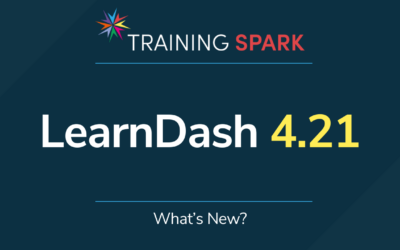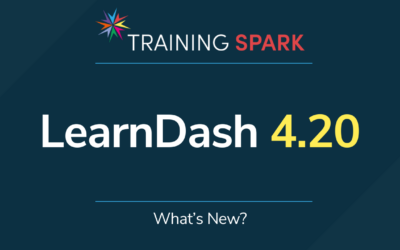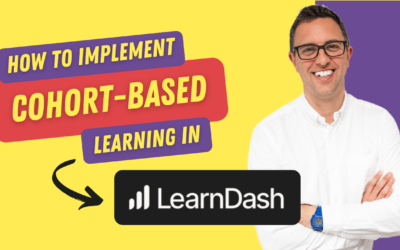If you’re a training company providing online courses to your clients and their staff, you’ll need to make sure your online learning platform (aka as Learning Management System or ‘LMS’) has the functionality you need to deliver this successfully.
In our experience, working with dozens of training providers delivering to other businesses and organizations, there are four key requests that clients demand when buying your training.
1. Progress reports
Naturally, every client will want to know how their staff are progressing with their training. They’ll want to know who’s completed, who’s not started and, if they are on a number of courses, how they are progressing through their programme as a whole.
If you are batching a client’s learners into groups (you may enrol them at different stages), you’ll need an easy way to display these different cohorts of learners.
2. Overbranding
When a client purchases training, it may be part of a wider initiative. For example, a short course on resilience may be part of a company-wide programme on mental health and wellbeing.
Given this, it’s not unusual that a training client may request the online training has their branding throughout. If you’re doing an excellent job, they wish to present this as an internal programme using external experts (like you).
Of course, they may also prefer to co-brand the site too and have the best of both worlds. The brand rub-off that they are responsible for helping their employees develop but also using your brand to add gravitas to the programme.
If this is the case, you’ll want to ensure your LMS allows you to overlay a client’s branding on your site (and just for the employees of that client!) without having to spin up a brand new learning platform.
3. Inserting custom content into the online training
We’ve heard of many requests where clients of training providers have asked for specific content to be added just for their learners. For example, the client may want to include the contact details of the internal person responsible for an area of the business. They may also want to upload their own company policies on a topic as a reference.
The challenge is that you want an easy way to manage this without having to replicate an entire course and changing less than 1% of it. You also want to ensure content for one client doesn’t appear for learners of a completely different client either.
It’s important to check that your LMS can handle these common requests simply and effectively.
4. Hassle-free enrolment
Or many training providers, clients come in all shapes and sizes. One client may be a not-for-profit with 10 learners. Another client could be a huge business with 10,000 learners. This is likely to have a big bearing on how you enrol a client’s learners onto your LMS.
When reviewing your proposal for your training, the HR or L&D contact may need reassurance that enrollment onto your online training is not going to involve a lot of a) their time or b) the learner’s time. Setting up 10,000 learners incorrectly comes with the risk that it could be a huge burden fielding questions and working with you to resolve them. In turn, this could dampen the relationship altogether.
As such it’s important to ensure enrolment onto your LMS is as simple as possible. Give learners the chance to set up their own accounts, with an effective way of enrolling learners onto the right organization, cohort and courses within the platform.
Don’t overlook this important feature – without it, you could be inviting an administrative nightmare for yourself later in the arrangement.
—
If you’re delivering your online training using LearnDash and you want to make sure your LMS has these important features, then you’re in luck. The Organization Toolkit plugin supercharges LearnDash with additional features to delight your clients!




0 Comments